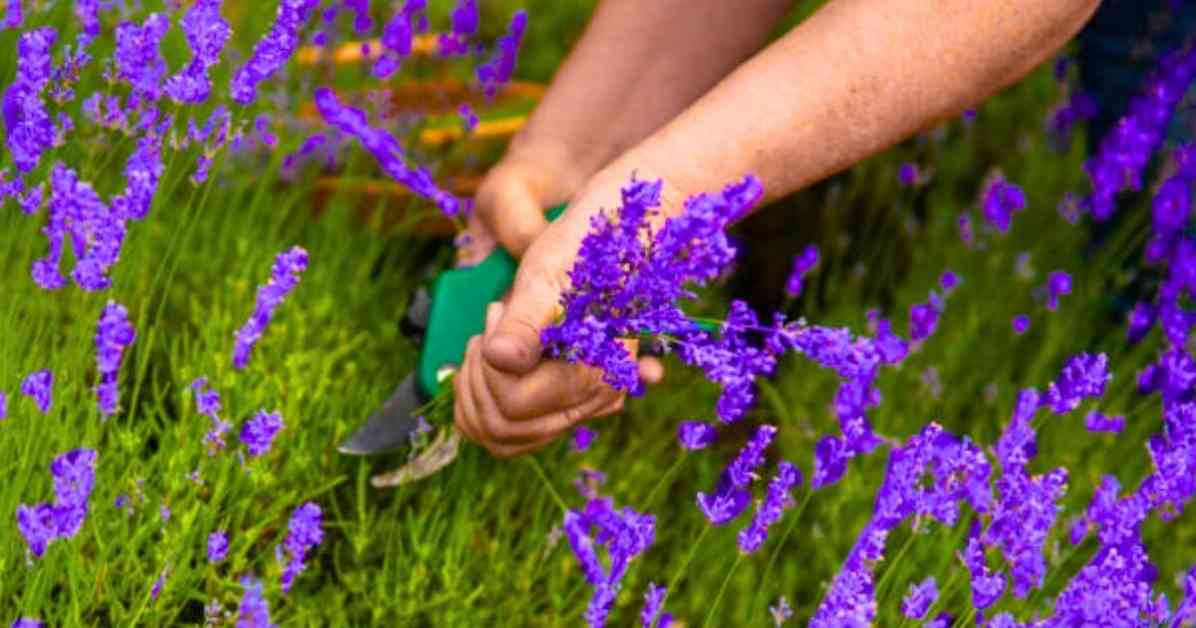Lavender plants are a beautiful addition to any garden, but they require proper pruning to stay healthy and productive. If your lavender plant is starting to look scraggly or woody, it may be time for a trim. Pruning lavender is essential to prevent it from becoming less productive and to encourage more flower growth.
According to David Denyer, an expert florist, the optimal time to prune English lavender and lavenderin types is late summer to early autumn. For French lavender, it is best to give them a small trim as soon as new growth begins in early spring. By pruning English lavender at least six weeks before the first frost, you can ensure a bushier and more robust plant in the next growing season.
When pruning lavender, it is important to be gentle, especially with young plants. Use clean and sharp secateurs to remove any dead or woody parts of the stem. Cutting back about a third of the plant, focusing on the green, leafy parts, will help promote bushy growth. For a rounded look, trim the outside slightly shorter than the middle, but be careful not to overdo it. Lavender is a tough plant and will bounce back after a good trim.
Taking the time to prune lavender now in late summer will give the plant more time to prepare for winter and keep it healthy and vigorous. A good prune will result in a fuller, bushier plant with more beautiful purple flowers. While it may look bare for a while, the lavender will grow back stronger than ever.
In addition to pruning, lavender plants benefit from being grown near certain other plants. They are guaranteed to improve when grown near six magnificent plants. By following these pruning tips and companion planting suggestions, you can ensure that your lavender plants thrive and add beauty and fragrance to your garden.












